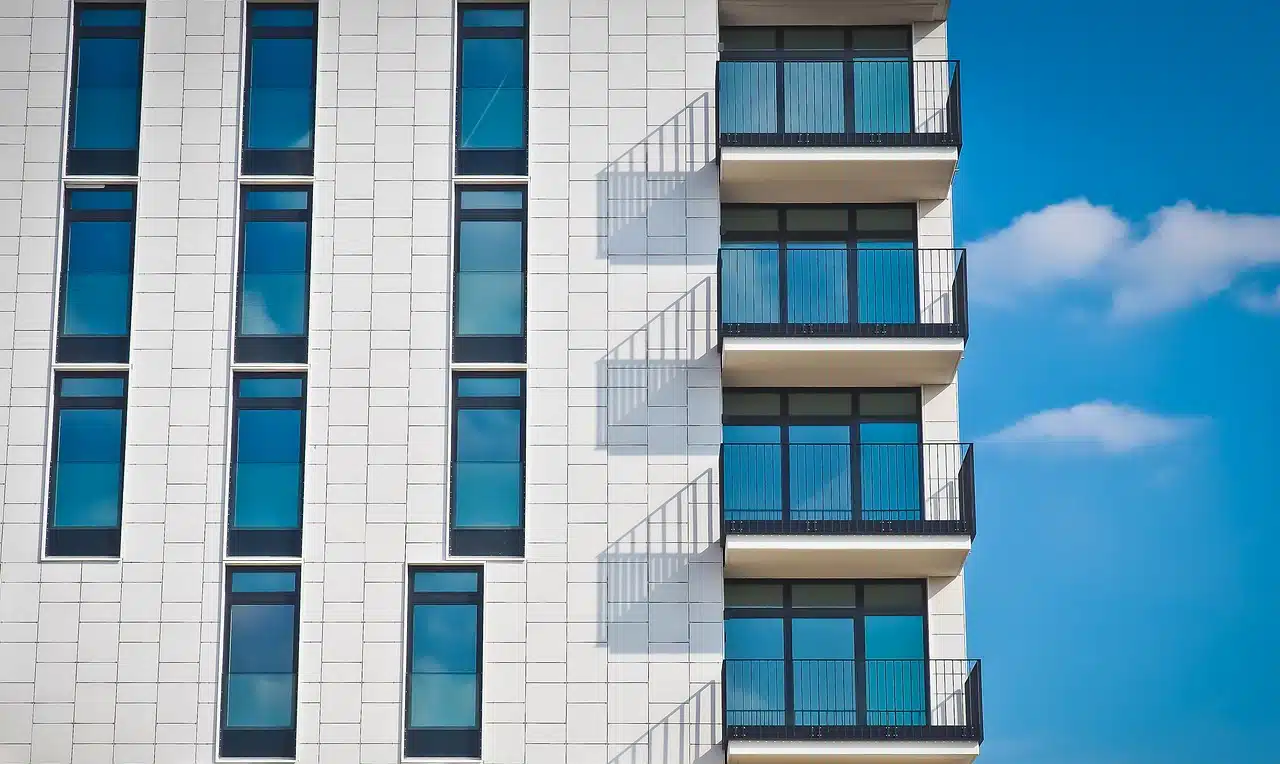
Horizontal property is the legal institution that regulates the division and organization of the properties resulting from the division of a common construction.
Horizontal property is a concept that refers to the right exercised over one or more floors, homes or premises of a building , which have been acquired by different owners separately but who have certain rights and obligations in common.
The notion of property is used to name, precisely, the right or ability to own something. In the legal context, property is the direct power that a person has over an asset and that allows him or her to dispose of said object freely, within the limits imposed by law .
Horizontal , on the other hand, is that parallel to or relative to the horizon . The term is used in opposition to vertical, which is the straight line or plane perpendicular to the horizon.
What is horizontal property
Horizontal property is the legal institution linked to the division and organization of properties resulting from the segregation of a common construction . Said property regulates the way in which the property is divided and its relationship with the rest of the private and common assets of the building.
In a building, then, there are different owners. Each of them has one or more apartments (also known as flats or apartments), but no one owns the building in its entirety. To all these individual properties is added the common ownership of spaces, such as the entrance hall, hallways, elevators , etc.

The regulation of horizontal property varies depending on the country.
Different regulations
The right of horizontal property means that the owner of an apartment has a percentage of ownership over the common spaces. Said fee is inherent to the property of the department and inseparable from it. Let's see below the differences that the regulation of this concept presents in some Spanish-speaking countries:
- In Argentina : horizontal property is defined as each of the floors of a building, or the apartments on each floor (all the apartments in the building, if it has a single floor), that are independent of the rest and that have a Direct exit to the street through a common passage. It is worth mentioning that Law 13,512, from whose first article said definition emerges, was approved in 1948.
- In Colombia : since 2001, Law 675 recognizes the existence of horizontal properties and closed real estate units but does not provide for their coexistence in the same urban complex within a co-ownership (which occurs in many cases) but rather the responsibility of the administrator to Then it will be the National Government that regulates it. As a curious fact, because of this inconsistency, horizontal properties and closed real estate units subject to said law cannot be seized .
- In Chile : according to Law 19,537 and decree number 46, which date from 1997 and 1998 respectively, co-owners enjoy an absolute and exclusive right of ownership over the real estate unit and are considered "community owners" of the common property. . Since common property is not considered separate from the unit, co-ownership and individual ownership go hand in hand. In this regard, article 14 of the aforementioned law states that the rights that an owner has over a common property cannot be separated from those he or she has over the unit.
- In Spain : article 396 of the Civil Code establishes that horizontal property is characterized by being the point of intersection of two different property rights: the singular of a space with sufficient delimitation, that can be used independently and that has all types of facilities that only serve their owner; and the co-ownership of the rest of the facilities, services and belongings in common with the rest of the owners.
